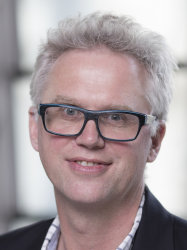BibTex format
@article{Cookson:2010:10.1016/j.cam.2009.08.065,
author = {Cookson, AN and Doorly, DJ and Sherwin, SJ},
doi = {10.1016/j.cam.2009.08.065},
journal = {Journal of Computational and Applied Mathematics},
pages = {2069--2079},
title = {Using coordinate transformation of Navier–Stokes equations to solve flow in multiple helical geometries},
url = {http://dx.doi.org/10.1016/j.cam.2009.08.065},
volume = {234},
year = {2010}
}

